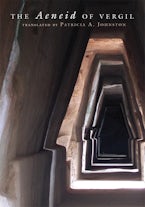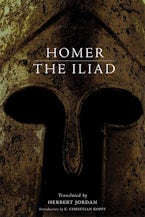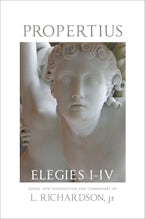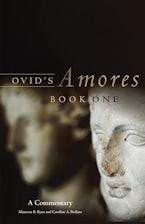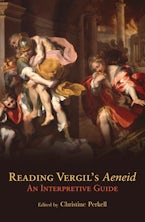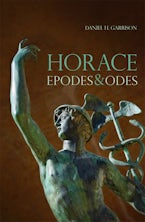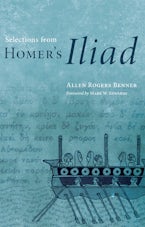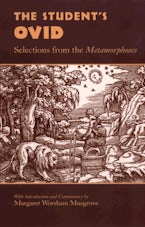- Home
- Oklahoma Series in Classical Culture
- poetry
- The Aeneid of Vergil
The Aeneid of Vergil
by Vergil
Translated by Patricia A. Johnston
Published by: University of Oklahoma Press
Imprint: University of Oklahoma Press
338 Pages | 7 x 10 | 6 b&w illus., 4 maps
$24.95
At the beginning of Vergil’s epic poem—long considered a classic of Western literature—the hero Aeneas escapes from the carnage of the Trojan War and embarks on a treacherous series of adventures that eventually lead him to the future site of Rome. Vergil renders Aeneas’ dramatic story in deceptively simple but powerful language, yet the poet’s style is often lost in translation. This magnificent new English translation of the Aeneid conveys the force of the original poetry, as well as its subtle undertones, in part by employing the poet’s own metrical style.
Unlike other modern translators of Vergil, who forgo meter entirely or use iambic pentameter (the meter of Shakespeare and other English poets), Patricia A. Johnston uses dactylic hexameter, the meter used by Vergil and by all ancient writers of epic poetry, beginning with Homer. Johnston also avoids elaborate or esoteric language and instead uses clear, unadorned diction to capture Vergil’s masterful simplicity.
This volume is unique as well in addressing the needs of students and other readers who may be encountering Vergil’s work for the first time. In her introduction to the poem, Johnston traces the life of Vergil, describes his other works, and provides a brief plot summary of the Aeneid. Her lucid explanation of poetic meters in English and Latin is useful even for readers who thought they understood the difference between a dactyl and a spondee. Throughout the poem itself, she provides ample footnotes to explain the meaning of unfamiliar references. The volume concludes with a glossary of names and a select bibliography.
Unlike other modern translators of Vergil, who forgo meter entirely or use iambic pentameter (the meter of Shakespeare and other English poets), Patricia A. Johnston uses dactylic hexameter, the meter used by Vergil and by all ancient writers of epic poetry, beginning with Homer. Johnston also avoids elaborate or esoteric language and instead uses clear, unadorned diction to capture Vergil’s masterful simplicity.
This volume is unique as well in addressing the needs of students and other readers who may be encountering Vergil’s work for the first time. In her introduction to the poem, Johnston traces the life of Vergil, describes his other works, and provides a brief plot summary of the Aeneid. Her lucid explanation of poetic meters in English and Latin is useful even for readers who thought they understood the difference between a dactyl and a spondee. Throughout the poem itself, she provides ample footnotes to explain the meaning of unfamiliar references. The volume concludes with a glossary of names and a select bibliography.
Patricia A. Johnston is Professor of Classical Studies and Chair of the Program in Religious Studies at Brandeis University. Her many publications include Vergil’s Agricultural Golden Age: A Study of the Georgics and Traditio: An Introduction to the Latin Language and Its Influence. She is former president of the Vergilian Society of America.

